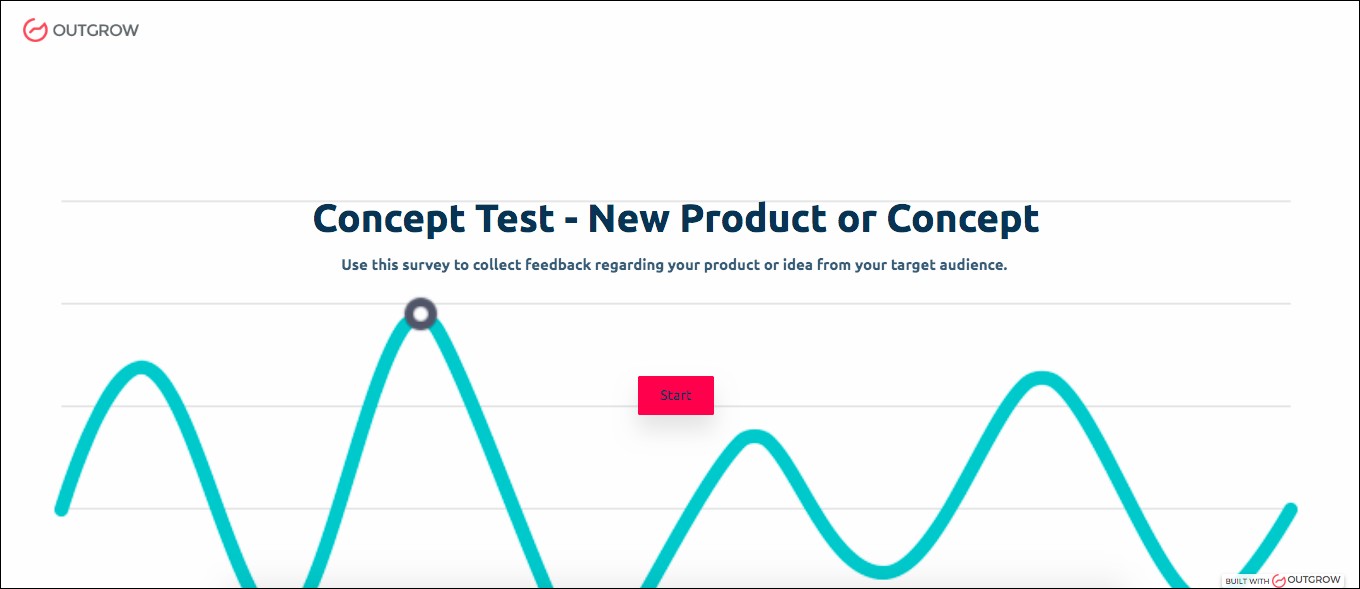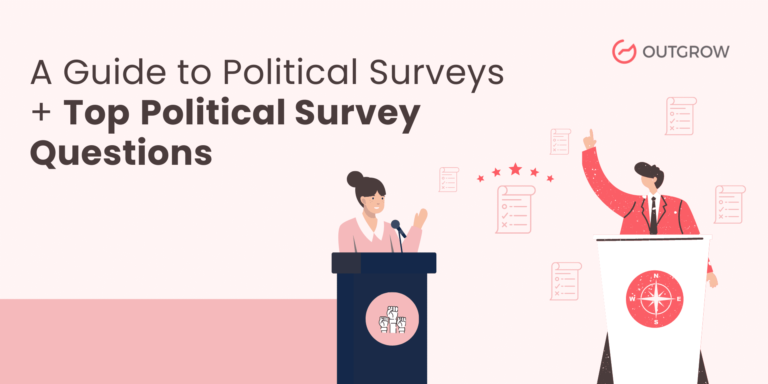Product-Market Fit and How Interactive Content Can Help You Find It
Table of Contents
Using Interactive content for finding PMF? Doesn’t really fit. Or does it? Read this blog to find out how interactive content just might be the key to PMF.
There are two things that are essential to any startup – the product & the market.
In the past, technology was an expensive and complex affair. Product development was hard, So the focus area for founding teams was always the product itself, never the market for it.
However, things have changed since. It is the age of applied technology. There is no dearth of product talent. Hence it is imperative that founding teams don’t just think about product development but also it’s market development if they want their startups to succeed.
This is where the Product-Market Fit (PMF) becomes crucial.

What is Product-Market Fit?
Coined by Marc Andreessen, CoFounder & General Partner of VC firm Andreessen Horowitz in a blog post in 2007, Product Market Fit is simply defined as follows.:
“It’s being in a good market with a product that can satisfy that market. You can always feel when product/market fit isn’t happening. The customers aren’t quite getting value out of the product. Word of mouth isn’t spreading. Usage isn’t growing that fast. Press reviews are kind of “blah”, the sales cycle takes too long, and lots of deals never close.
And you can always feel product/market fit when it’s happening. The customers are buying the product just as fast as you can make it. Or usage is growing just as fast as you can add more servers. Money from customers is piling up in your company checking account. You’re hiring sales and customer support staff as fast as you can. Reporters are calling because they’ve heard about your hot new thing and they want to talk to you about it. You start getting Entrepreneur of the Year awards from Harvard Business School. Investment bankers are staking out your house. You could eat free for a year at Buck’s.”
Why is Product/Market Fit Important?
When you find product/market fit (PMF), your customers sell for you and your startup thus succeeds.
A startup’s journey comes to an end when they are unable to find their product/market fit.
Finding a PMF is absolutely essential because having a great product only helps if and when there is a market to purchase it.
Your PMF also has an impact when you look at your startup from an Investment and Funding perspective as well.
As Sean Sheppard, founding partner GrowthX puts it, people used to invest in ideas but today, traction speaks louder than words.
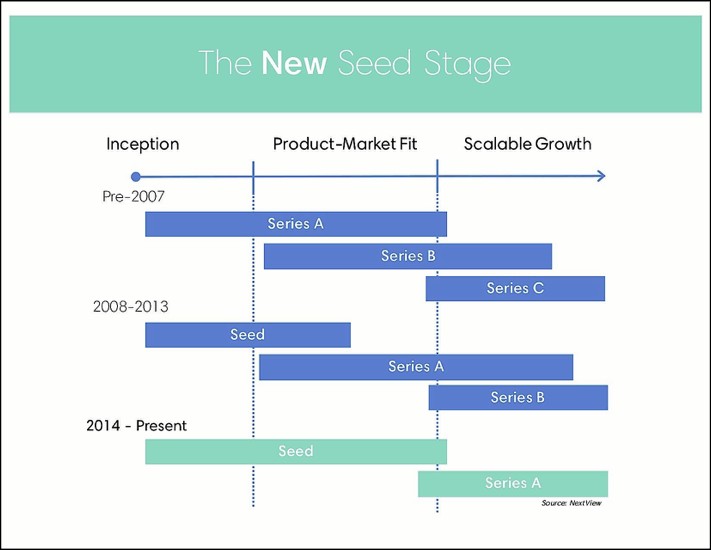
The graph above illustrates the distance startups must now go before raising a Series A round.
The traction milestones required at every stage of the funding lifecycle are getting harder to reach. The old Series A round requirements are now Series C round requirements. Before your Series A, you must now raise a Pre-Seed, Seed, and Bridge round.
So it’s now more important than it’s ever been to get traction early to validate your ideas.
But founders continue to remain focused on building the product and raising money, but it should also be on marketing their product and making money.
Finding Product/Market Fit
Dan Olsen, product management expert and author of The Lean Product Playbook has a 6 step framework called the Lean Product Process which helps you articulate, test, and revise your key hypotheses so you can improve your product-market fit.
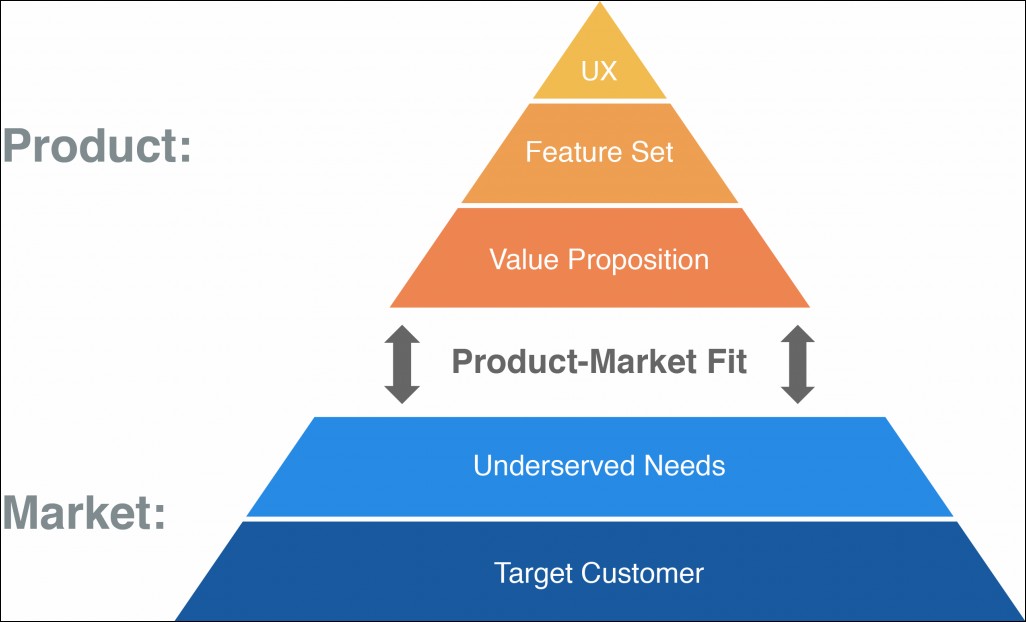
The ClassPass Story
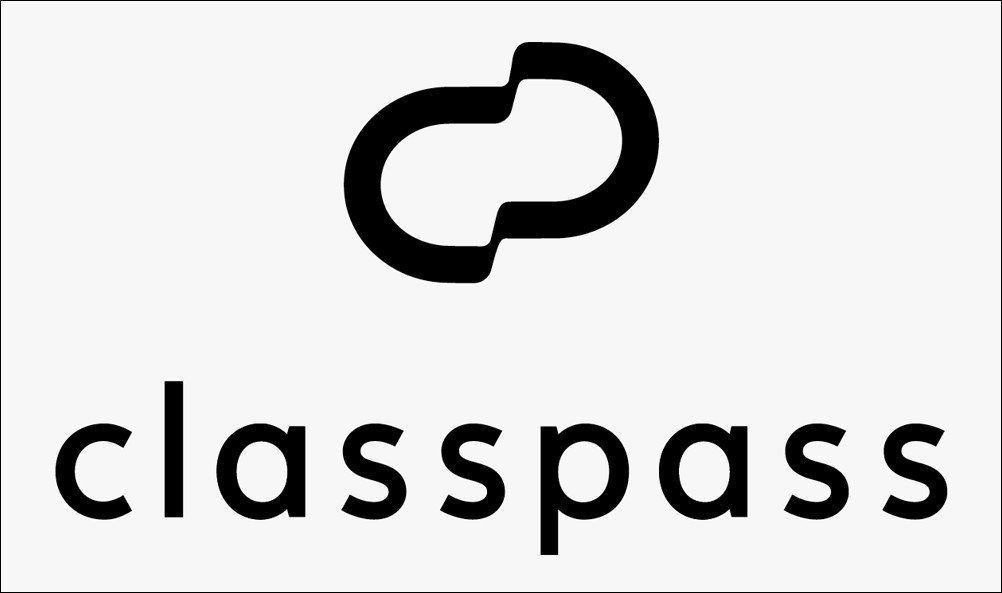
Let’s take a look at ClassPass, a multi-studio fitness membership pass – valued today at over 610 million in a mere 6 years of running.
What Is Remarkable About ClassPass?
In their first year of operations, they had less than 100 bookings. Today, they’ve established their presence in 22 locations across the globe and more than 50 locations within their home base, the USA.
What did they do right?
When ClassPass first started in 2012, it was called Classitivity. Their service was basically a fitness studio search engine. Users could search for classes from local fitness studios online and pay for each class to attend it.
They had less than 100 bookings this year and ClassPass realized is that their customers were repeatedly hacking into their $49 promotional offer to try out different classes.
They realized here is that their target customer wanted to try out different classes from different studios and not try the same class over and over again.
In March 2013, they made massive changes to their business model. ClassPass was now a monthly membership priced at $99. Here users would have unlimited access to try out different fitness studios (a maximum of 3 times at a single venue). They were no longer tied down to a single gym or workout and could try out workouts of all kinds.
By May of the next year, they had more than 350,000 bookings.
In 2016, ClassPass caused a bit of an uproar when it ditched its unlimited tier and raised prices to produce healthier margins. Before this, some casual ClassPass users (who would workout perhaps 3-5 times a month) were basically subsidizing the users who were going to classes four or five times a week. During this time ClassPass lost around 10 percent of its user base, but the move gave the company much stronger unit economics to allow for further expansion.
Another switch came in the fall of 2017 when ClassPass moved to a credit-based payment system, allowing the company to offer variable pricing in the form of virtual currency for its studios.
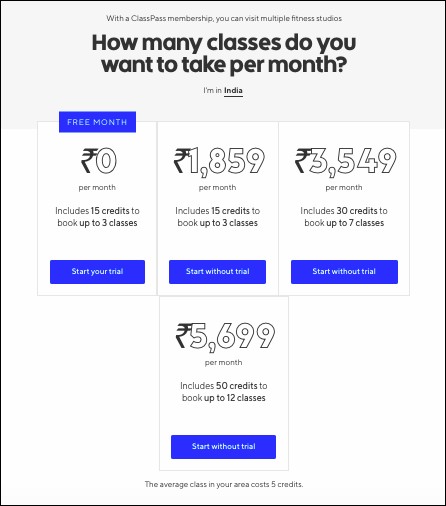
Up until this move, the problem was that whether the user would take a yoga class at a gym or a Pilates class (the latter being more expensive), both would cost them one class credit. But with the variable pricing and credits system, ClassPass users would be able to better control how they want to spend their credits. If they wanted to get in more workouts for their membership, they could decide to go to less popular classes which would cost a lesser number of credits, or go at times when the class wasn’t typically as full.
With a total funding of over 360 million dollars as of March 2019 and an estimated annual revenue of 45 million dollars, it is safe to say they have finally found their product-market fit.
Steps To Find Your Product-Market Fit
Step 1: Determine your target customer
Your target customer decides how well your product meets their needs, and whether to use your product or not. You need to get as specific as possible about who your target customer is. Make use of market research and segmentation for the same.
This helps you create your ideal buyer or customer persona so everyone on the product team understands who they are building and designing the product for.
Step 2: Identify under-served customer needs
After creating your customer personas, the next step is to identify and understand their specific and vital needs that also correspond to a good market opportunity. Entering a market where customers are already happy with the existing solution doesn’t work in your favor.
What is your customer’s underserved need/ a need that isn’t adequately met? – you will need to keep this in mind when you develop your product or improve an existing one.
A great way to understand a customer’s underserved need is with the help of interactive content. Outgrow makes use of interactive content like calculators and quizzes.
Here are 7 use case examples for Interactive Calculators and Quizzes to find PMF:
Aka Using Interactive Content For PMF
A) Health & Fitness Industry
How can you use interactive content to find the right PMF in the health industry? Let’s assume you own a health and wellness company. You can offer to do a free ideal calorie count for your leads- in exchange for their views on the health service they are using right now. Maybe a calculator like this one is just the way to go:

Thereafter, to find the PMF, your calculator can have questions like:
What is the main thing you want out of your health app? Which health app are you using currently? What bothers you most about that app? How much are you willing to pay for personalized health services?
If the user provides you with the answers, you can reward them with a free estimate of their daily macros usage.
That a win-win for everybody!
Related Read: How To Boost Your Marketing Flywheel With Interactive Content
B) Furniture Business
How can you use interactive content For PMF in the furniture business? Interactive surveys might come to your rescue here. A visitor can be asked to give a discount code for completing your PMF survey. Here you can include questions on what would make their experience of buying furniture easier and what kind of furniture products is really in demand at what price points.
This will help you understand what the market is like for the products you have and what kind of products you should ideally be getting to make good sales – your product-market fit!
C) Banking Services
You can use interactive calculators to find the PMF. What is the incentive for the leads to engage with your calculator and provide you with the relevant information for PMF? Well, a free savings calculator that’s what!
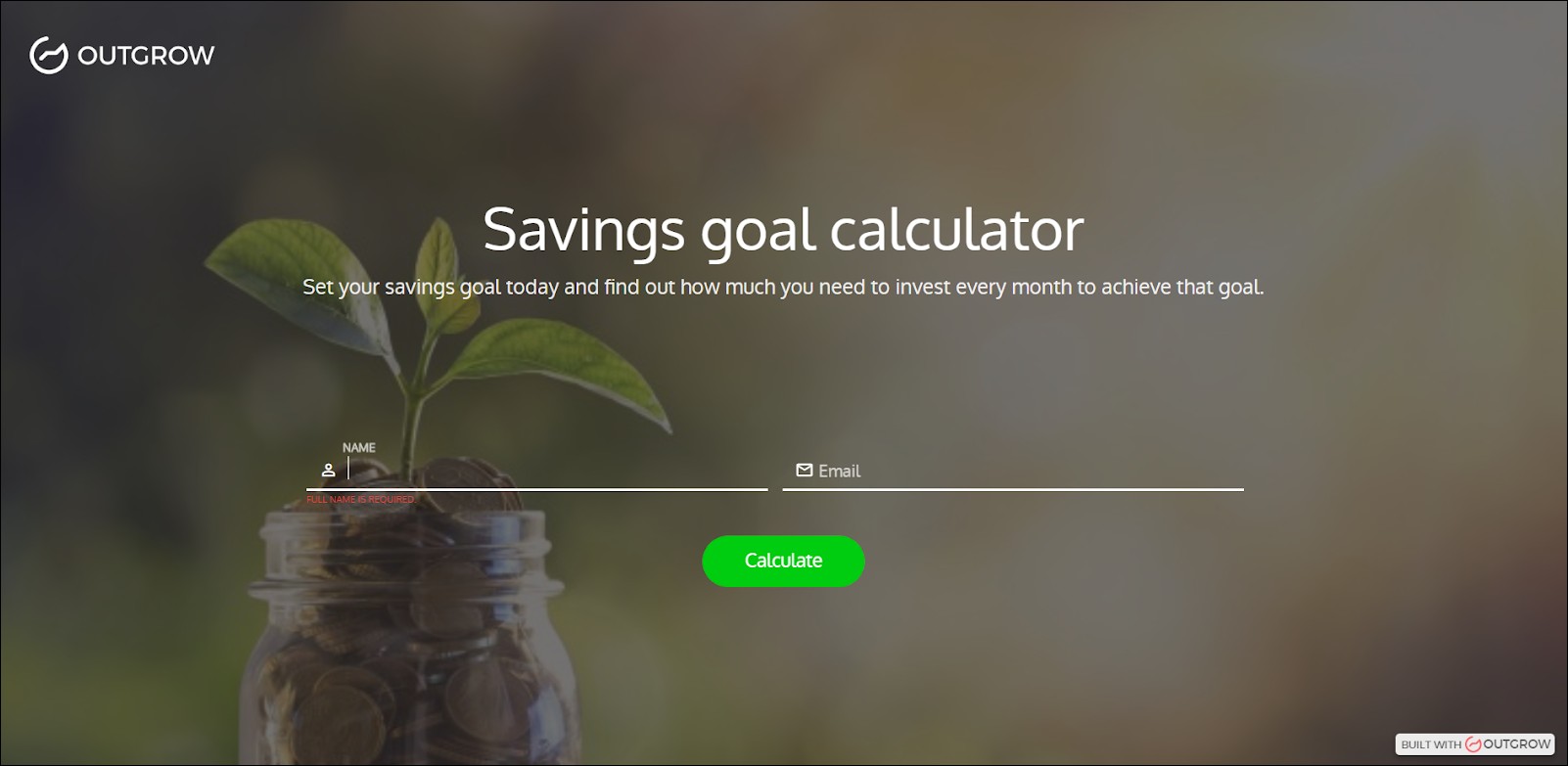
Website Visitors can set their savings goal and find out how much they need to invest every month to achieve that goal. To obtain the result of their calculator, they have an answer a few questions that’ll help you find the PMF. What do they expect from a banking company? What is their biggest pain point when it comes to investments? Do they want extra facilities related to banking?
Related Read: Using Interactive Content To Earn Money
D) Real Estate
Interactive content for PMF for your real estate company?
Turns out that is easy too.
Sometimes even fun quizzes can help you find the PMF.
You can create an effortless outcome quiz that helps your prospects to check if they are ready for buying a new real estate.

In exchange for your answer, you can ask them questions that’ll help you find the right PMF.
You can include questions about their expectations from a real estate broker or what increases their trust factor in a real estate company.
Step 3: Define your value proposition
What is your plan for how your product will meet customer needs better than the alternatives? How is it different? – this will be your value proposition.
Your product could address a lot of potential customer needs but which unique features is going to make the customer favor your product? Analyzing and understanding this is essential for developing your product strategy plan.
Step 4: Specify your MVP feature set
After you define your value proposition, you need to specify what functionality your minimum viable product (MVP) will include.
This ensures you build only what is required to create enough value for your target customer, to ensure you’re heading in the right direction. This also ensures you don’t spend too much energy, effort and time to build a product your customers don’t like.
You will thus be able to find out through your customers if your MVP lacks an important piece of functionality or if something you’ve included isn’t necessary. You will then iterate until you finally have an MVP that your customers find viable.
Step 5: Create your MVP prototype
Before you create the working, live version of your MVP, create a prototype. A prototype is a representation or version of your product that you create without having to build your actual product. Your customers will then be able to give you feedback. Thousands of prototyping tools found online have made this step far easier than ever.
Step 6: Test your MVP with customers/research participants
Ensure your customers fit the buyer personas you’ve built and are from the right target market. Otherwise, you risk receiving customer feedback that can send you iterating in the wrong direction.
Interactive surveys & quizzes can ensure research participants have the attributes of your ideal customers.
Outgrow has surveys for Concepts and Market Research that can do this very easily!
Collect detailed feedback. Then refine the initial prototype to incorporate the same. This is the most important bit and working with the feedback you receive is how you’re ultimately going to improve your product-market fit!
To conclude, as Fred Wilson, founder of Union Square Ventures says, “Getting the product right means finding product/market fit. It does not mean launching the product. It means getting to the point where the market accepts your product and wants more of it.”
Conclusion
We know, We know, that was way too much information. We hope we made it easier to understand. So, what are your thoughts on the same? What are the other ways you can use interactive content for PMF in different industries?
We are all ears!
About The Author:
Karthika Anand is a marketing enthusiast. When she is not found writing or producing video content, she is most likely to be found at the gym.


